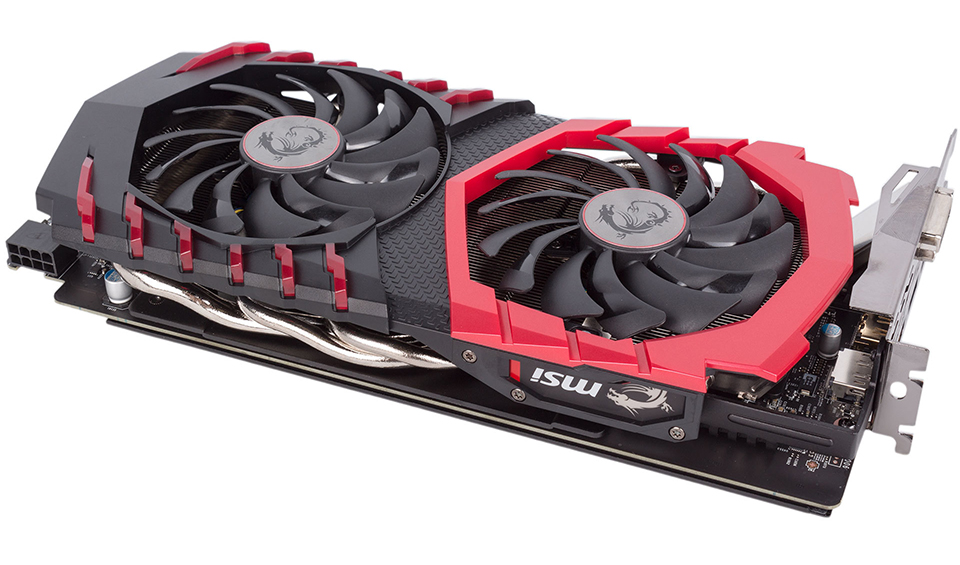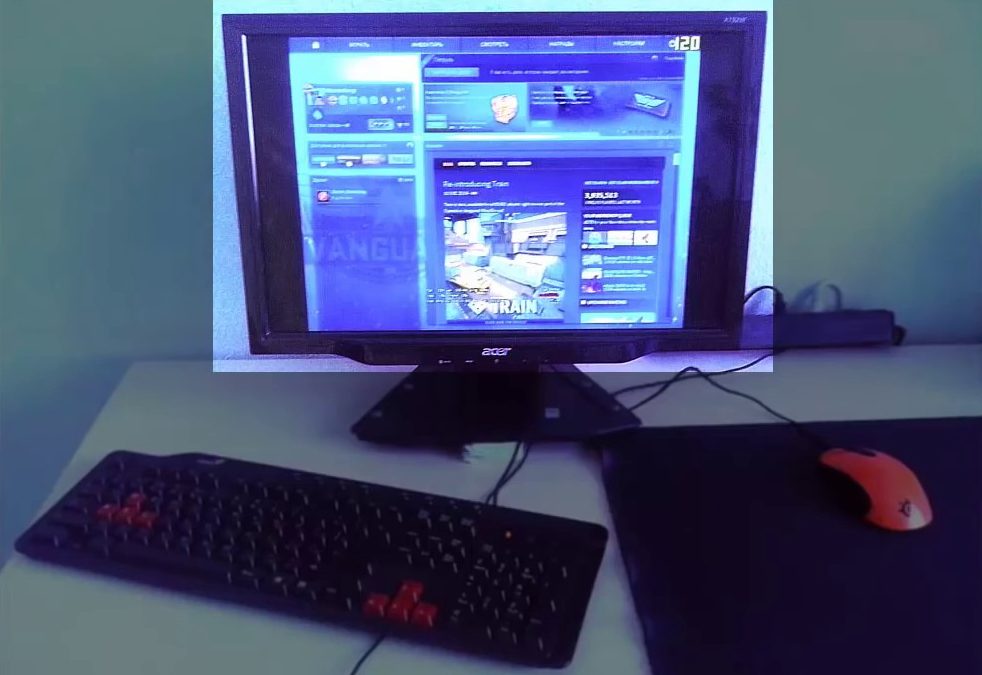Operating principle of a CRT monitor
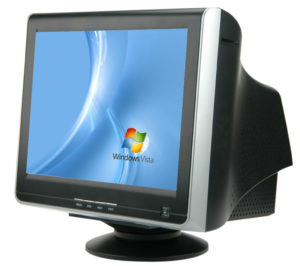 Technologies are constantly improving, so every year new, modern devices appear, which are quite difficult for a beginner to understand. But we should not forget about their “ancestors”. For example, not many people know what a CRT monitor is, what the internal design features are and what its operating principle is.
Technologies are constantly improving, so every year new, modern devices appear, which are quite difficult for a beginner to understand. But we should not forget about their “ancestors”. For example, not many people know what a CRT monitor is, what the internal design features are and what its operating principle is.
Meanwhile, in order to choose the most modern and suitable equipment for yourself, you need to know all the important information about how it works, because all new models are developed on the basis of old ones. You will learn all the most useful things about a CRT monitor from this article.
The content of the article
What is a CRT monitor?
Such a monitor, which is sometimes also called by the abbreviation CRT, is a screen designed to display various images, text, videos and other files. Simply put, this is a computer display familiar to us all, which existed before the advent of liquid crystal models.
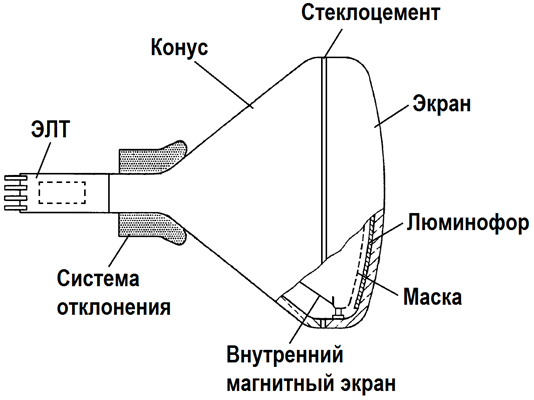
The principle of its operation is based on the use of a cathode ray tube. The first such devices appeared at the end of the 19th century, but they were little similar to what we are used to calling a monitor now.
The very first devices showed exclusively black and white images and became widespread around the forties of the last century. Much has changed since then, and the capabilities of modern LCD screens are simply amazing.They are able to show a really clear picture that does not slow down and does not have “traces” of the previous frame or a “blurry” effect.
In addition, the size of the displays has also increased. This allows you to make using your computer even more comfortable not only for work, but also for watching movies, photos and other multimedia.
CRT monitor device
The defining detail in this design is the kinescope, that is, the cathode ray tube. The electron beams are directed using special deflecting and focusing coils. There is also an internal magnetic shield and a shadow mask. Rays are directed through them and thus the image is displayed on the screen.
The color gamut that is present in each display is achieved using a special coating called phosphor. Inside there is also a clamp with mounting fasteners that protects individual structural elements.
Now that you know what is inside such a monitor, you can familiarize yourself with the physical principles of its image formation. This is not such a complicated process, because such models are practically not used anymore and are the very first developments in the field of monitors.
Operating principle of a CRT monitor
The cathode ray tube is glass and completely sealed, i.e. there is no access to air.
The required image is formed using a so-called electron gun, from where electrons are directed to the display. The tube, coated at one end with a phosphor composition, is not wide and quite long.
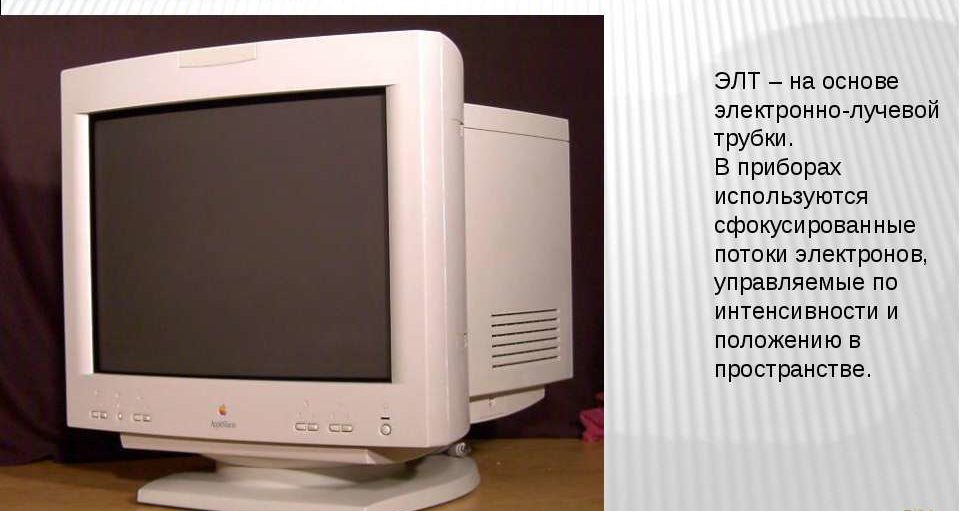
The electrons hit this compound, which causes them to convert energy into light.This provides a wide color gamut, although it may seem relatively poor to those accustomed to the incredible brightness of modern LCD displays.
In most cases, such monitors contain only three colors: green, red and blue, and the remaining colors are obtained by mixing these colors.
These colors are recognized as primary and it is believed that human eyes primarily recognize them.
How to properly set up your monitor
Before you start using such a screen, you still need to configure it. Most often, buyers prefer to contact specialists who, using calibrators, will configure the monitor correctly.
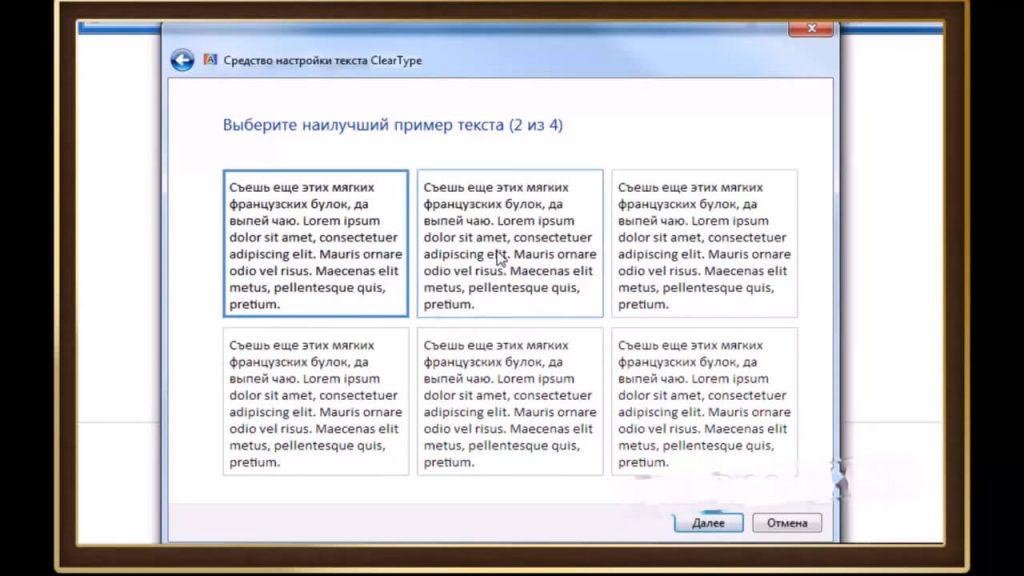
IMPORTANT! Please note that such a setting is required only for CRT monitors, and not for LCD monitors, which are now used in the vast majority of modern devices. Such monitors are distinguished by their large dimensions, so they are easy to distinguish from thin and new LCDs.
But don’t panic and immediately turn to professionals, whose work you need to pay for. You can try to configure the monitor yourself using the available settings menu.
First of all, pay attention to the screen resolution. This is important for the correct display of the picture and its clarity. It is important to know which resolution is suitable for each screen. Another important parameter is the screen frequency. For such screens it is approximately 100 Hz. The final image quality directly depends on this.
Also adjust brightness and contrast. This way you will make the picture perfect for you.
Now you know what a CRT monitor is, what its features are and how it works.It is important to be able to configure it so that everything that appears on the screen is clearly visible and of acceptable quality. To do this, it is important to understand how the image is displayed on the screen, as well as how you can improve it yourself.




